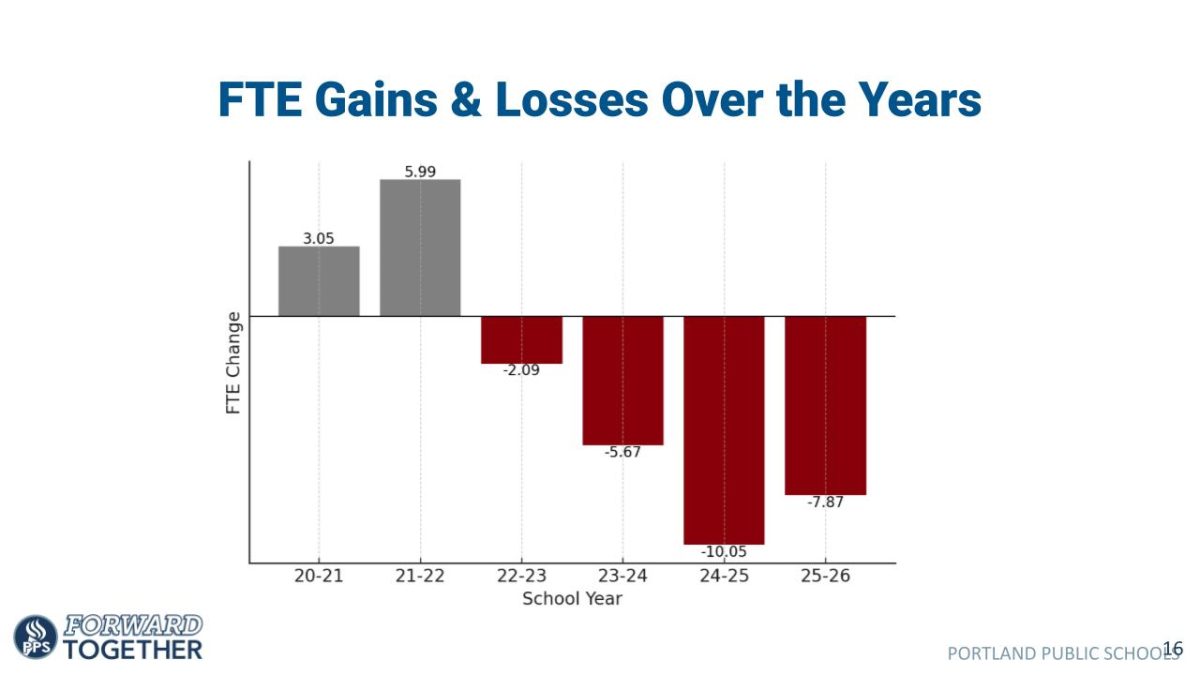Joe Biden’s first four months have seen prompt action as the 46th president looks to lead America out of the pandemic and into an era of equity, innovation and growth sponsored by big government spending. Centered around a comprehensive 1.9 trillion dollar COVID relief bill and a speedy distribution of vaccines, the Biden White House has followed through on pandemic promises. As the nation begins to escape the grasps of the virus, the president shifts his focus to his infrastructure and family plans and the many congressional obstacles he faces.
Biden took the White House in a moment of national instability following a winter spike in COVID cases and the insurrection two weeks prior to inauguration. After a speech calling for unity and a renewal of American values, Biden took to the Oval Office to sign 17 executive orders within his first day, 12 of which overturned the former Trump administration’s decisions. Most notably among the first round of executive orders were: mask mandates on federal property; extending foreclosure and eviction deadlines until at least March 31, protecting struggling renters and homeowners; halting the Trump era border wall, “Muslim travel ban,” and Keystone drilling project; and rejoining the World Health Organization and Paris Climate accords. Breaking out the presidential pen for a string of first day EOs presented Biden as a new, fresh, president of action. Including his first day orders, Biden has now issued a total of 46 executive orders, 11 of which are aimed at countering the COVID-19 pandemic
In his 2020 election campaign, Biden vowed to conquer the virus by passing his “American Rescue Plan” and putting 100 million shots into American arms in his first 100 days. The American Rescue Plan is an ambitious all around relief bill directed at re-energizing a badly bruised economy via working America. The stimulus package boasts of $1,400 per-person checks to middle-to-low income households, expanded child tax credits, up to $3600 per child, extended unemployment benefits adding $300 dollars per week until September 6. It also includes small businesses relief through emergency grants, lending and the new Small Business Opportunity Fund. The Rescue Plan directly impacted Thérѐsa Murdza, a local artist; “As a self-employed person I was able to access the PPP [Paycheck Protection Program] loan money that last year I wasn’t able to do,” she says. H.R. 1319 also laid groundwork to reopen schools and provide communities with resources to quickly distribute vaccines. The bill passed the House of Representatives on a purely partisan basis 219-212 on February 27 before making its way to the deadlocked Senate. All 50 Senate Republicans opposed the bill, calling it a “liberal wish list,” due to its high price tag. Vice President Kamala Harris broke the 50-50 Senate tie on March 10, sending it to the White House where the President signed it the following day.
The passing of the behemoth relief bill marked the first big success for the Biden administration. Just weeks after the bill was signed, the administration had a second major success, meeting their 100 million shots goal in 58 days, exceeding many expectations. In mid-December, Pfizer-BioNtech and Moderna vaccines were approved by the FDA for emergency use. By the time Biden took office, the CDC reported that just over 16.5 million doses of the vaccine had been administered. Biden slammed his predecessor, saying that the effort was in “much worse shape” than he expected and that Trump “had not done his job in getting ready for the massive challenge of vaccinating hundreds of millions.” Within his first month in office, the President purchased an additional 200 million vaccines to step up the effort. With help from its newly instated COVID team, the administration quickly distributed shots to states, vaccinating upwards of 230 million people within his first 100 days, smashing their previous goal. “The idea that there is an overarching federal government at least keeping an eye on strategies that are common across all boards feels wildly impactful,” remarks Murdza.
In the last two months, Biden has unveiled two more major bills: the American Jobs Plan and the American Families Plan. The jobs plan is a 4 trillion dollar bill aimed at updating crumbling infrastructure throughout the country. The bill is set to provide massive funds to invest in upgrading roads, bridges, transit systems, water pipelines, and broadband, while increasing “good-quality job” opportunities in manufacturing, research and development, and healthcare. Murdza vocalized her support for the plan saying, “I think the infrastructure bill would be super cool, there is a materiality to it that is collective; infrastructure affects everyone.” The families plan is equally comprehensive and expensive. The 1.8 trillion dollar bill ensures universal preschool for three and four year olds, affordable college pricing, and further expanding tax benefits for families. These bills are a main focal point for White House, and passing them would be historic, not only in action but spending.
At a time when the national debt is on track to make up 102% of GDP (gross domestic product) in 2021, Biden has not been circumspect about his spending. With the COVID relief package alone, Biden is projected to surpass Obama in 2009 for the largest first-year-in-office budget deficit on record according to The Economist. These family and job bills are accompanied by a tax plan which would pay for a portion of Biden’s big spend. The tax plan raises the corporate tax from 21% to 28% and income tax for the top earners from 37% to 39.6%. The plan also increases the top tax rate on investment returns and capital gains, increasing the levy from 20% to 39.6%. These changes are set to extract an estimated 1.5 trillion from the top 1% over the next 10 years, according to CNBC. Spending without a full plan to pay could prove risky based on the market and the impending danger of inflation, but the administration is steadfast on its goals. These changes have been met with unwavering objection from Republicans, despite the minor effect on most. “I would love to see the messaging around these taxes especially on that corporate level be better explained to people,” says Murdza.
A procedural nightmare on top of an elusive Democratic majority in Congress could stick a wrench in the president’s plans. An ancient Senate rule called the filibuster stands firmly in the way of hundreds of pieces of legislation. Franklin Law and History teacher Brian Halberg explains it, saying, “The filibuster is a process in the US Senate where any one senator can file an objection to stop any debate or vote from happening unless they can get 60 votes to continue.” Essentially, unless one party possesses a supermajority, all proceedings including votes and debates on any bill can be halted. Progressive bills such as the For the People Act (federalizing voter rights), and the Washington, D.C. Statehood Act (to make the district the 51st state) that have passed the House would instantly get trampled in the Senate by the filibuster. Lawmakers can pass laws through a congressional loophole known as reconciliation that only requires a mere majority. This is how Biden passed his COVID bill. A 50-50 tie was broken by Vice President Kamala Harris, allowing the bill to pass under the title of reconciliation. This maneuver could allow Biden’s proposed bills to make their way to the oval office without any Republican support, however this would require all 50 Democratic Senate votes.
The split Senate, led by Democrat Chuck Schumer, is truly at the mercy of the moderate Democrat from West Virginia, Joe Manchin. In many instances Democrats need Manchin’s crucial vote in order to pass partisan legislation. Effectively a swing vote, the West Virginia Senator supported Biden’s American Rescue Plan, but has recently made comments suggesting that he would not vote for the infrastructure bill or many other Democratic proposals such as a 15 dollar minimum wage, DC Statehood, and policing reform. The Democratic senator has also voted against abolishing the filibuster and the rule that requires three-fifths of the Senate vote to pass most legislation. With the tied Senate, Biden cannot afford to lose Manchin. Despite the roadblocks, the White House has indicated it will push ahead, all gas no brakes, with its agenda.
President Biden has shown he can act on plans when it comes to COVID, but as America moves forward it is yet to be seen if he can do the same with the rest of his promises. With an already looming 2022 midterm election, Biden is looking to make the most of his time with the gift of aligned legislative and executive branches.

































